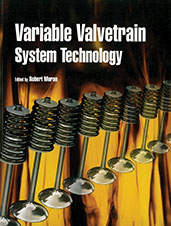Journal Article
Very High Cycle Fatigue of Cast Aluminum Alloys under Variable Humidity Levels
2015-04-14
2015-01-0556
Ultrasonic fatigue tests (testing frequency around 20 kHz) have been conducted on four different cast aluminum alloys each with a distinct composition, heat treatment, and microstructure. Tests were performed in dry air, laboratory air and submerged in water. For some alloys, the ultrasonic fatigue lives were dramatically affected by the environment humidity. The effects of different factors like material composition, yield strength, secondary dendrite arm spacing and porosity were investigated; it was concluded that the material strength may be the key factor influencing the environmental humidity effect in ultrasonic fatigue testing. Further investigation on the effect of chemical composition, especially copper content, is needed.

